
Suntory Hall
A world-class concert hall renowned for its breathtaking acoustics and elegant vineyard-style seating, offering an unparalleled classical music experi...

Highlights
Must-see attractions

Social
From TikTok & Reddit
Best Time
Experience the magic of live music

Suntory Hall
Best Time
Experience the magic of live music

Highlights
Must-see attractions
A world-class concert hall renowned for its breathtaking acoustics and elegant vineyard-style seating, offering an unparalleled classical music experience.
"This is probably one of the best concert halls in Japan, or even in Asia. The acoustic was fabulous."
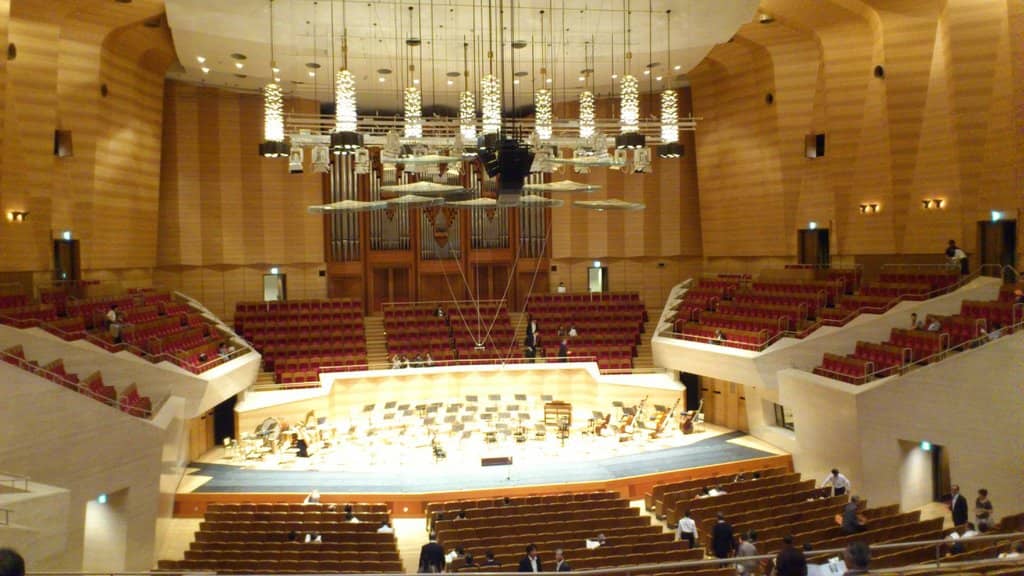
🎯 Smart Casual is Key
Opt for smart casual attire; no need for full formal wear unless specified for special events. :dress:
🚇 Easy Metro Access
Roppongi-Itchome Station offers direct, elevated access. Follow the signs! :train2:
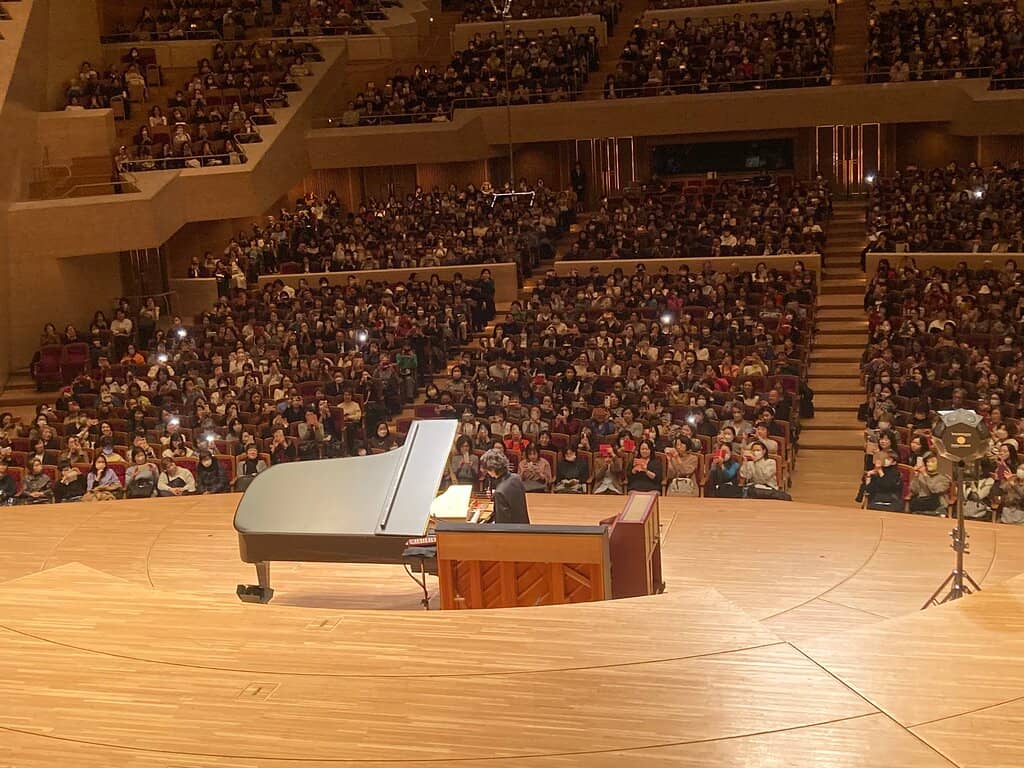
Highlights
Discover the most iconic attractions and experiences
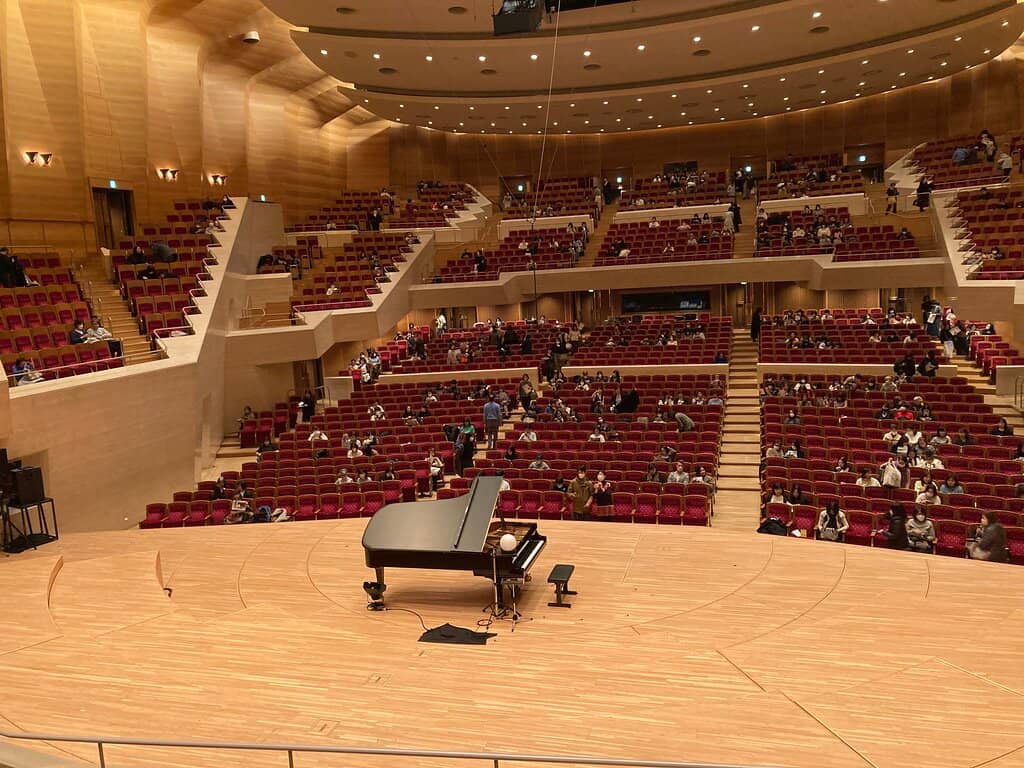
Vineyard-Style Seating
Main Hall
Intimate terraced seating surrounds the stage, bringing you closer to the music and performers.
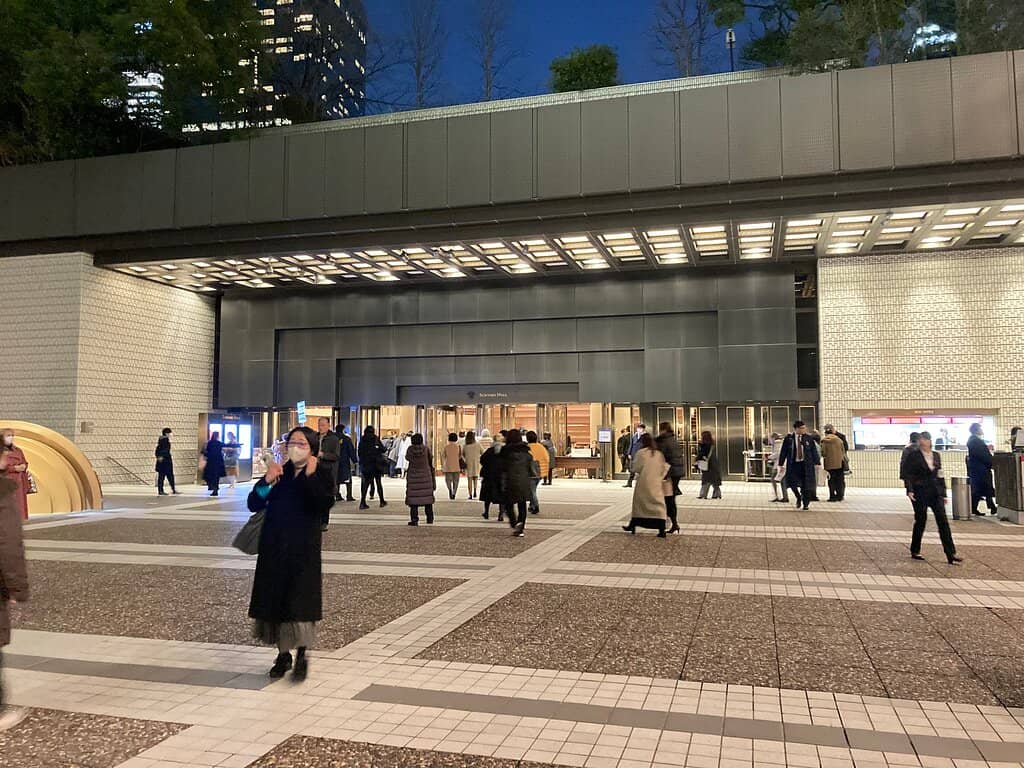
Exceptional Acoustics
Main Hall & Blue Rose
Experience every note with stunning clarity and depth, a hallmark of this renowned venue.
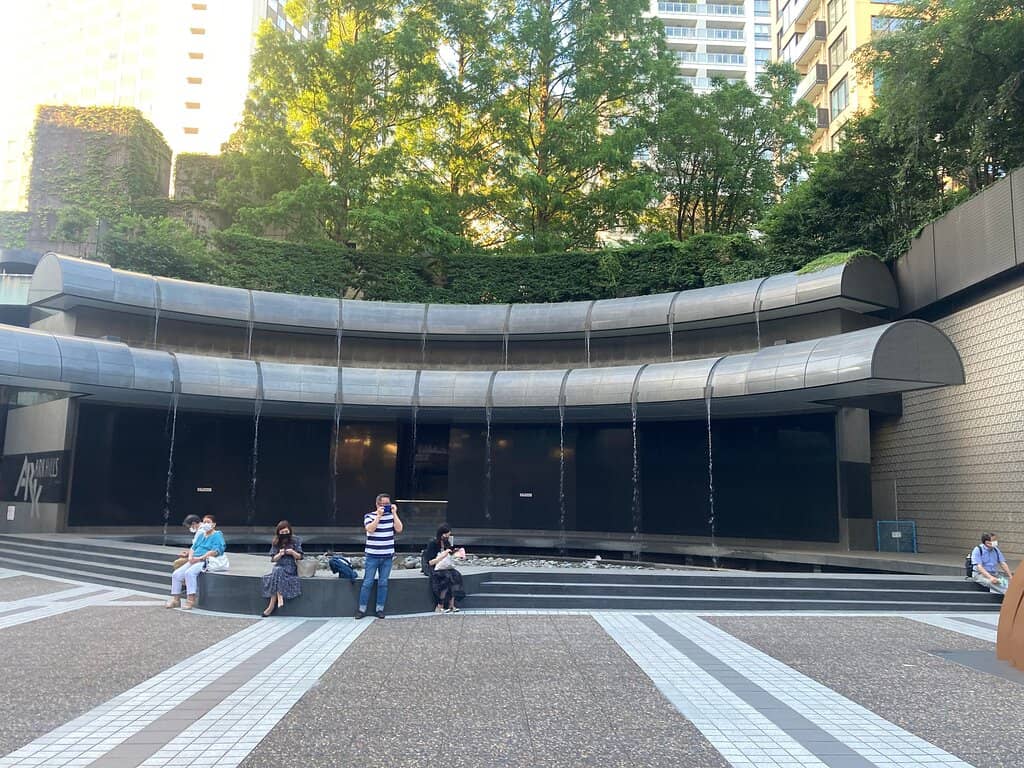
Grand Pipe Organ
Main Hall
Marvel at the impressive Rieger pipe organ, a majestic addition to symphonic performances.
Plans like a pro.
Thinks like you
Planning Your Visit
Dress Code Considerations
Navigating to the Hall
Best Times
Insider Tips
from TikTok, Instagram & Reddit
Suntory Hall
🎯 Smart Casual is Key
Opt for smart casual attire; no need for full formal wear unless specified for special events. :dress:
🚇 Easy Metro Access
Roppongi-Itchome Station offers direct, elevated access. Follow the signs! :train2:
Suntory Hall Concert Tickets
Recommendations for classical music concerts in Tokyo
🎶 Check Event Details
Some special events might have stricter dress codes. Always check the official website. :scroll:
⏳ Arrive Early
Give yourself time to soak in the atmosphere and find your seat without stress. :clock1:
Attire for classical concert at Suntory Hall?
Tips
from all over the internet
🎯 Smart Casual is Key
Opt for smart casual attire; no need for full formal wear unless specified for special events. :dress:
🚇 Easy Metro Access
Roppongi-Itchome Station offers direct, elevated access. Follow the signs! :train2:
🎶 Check Event Details
Some special events might have stricter dress codes. Always check the official website. :scroll:
⏳ Arrive Early
Give yourself time to soak in the atmosphere and find your seat without stress. :clock1:
What Travellers Say
Reviews Summary
Suntory Hall is lauded for its superb acoustics and elegant 'vineyard-style' design, offering an intimate and clear listening experience. Visitors praise the professional and helpful staff, as well as the convenient access from Roppongi-Itchome Station. However, some reviews mention potential improvements needed in ushering during peak times and a desire for more user-friendly ticketing systems.
"Great concert hall with excellent acoustics. Prokofiev Violin Concerto in D major was adequately performed on 2 September 2025. A technically challenging piece but the soloist managed to perform it. Orchestral balance across various sections could be improved. However, the hall needs more ushers for people who have difficulty finding seats or may need help. Could not find help when needed and one of the ushers, obviously under too much stress, asked someone to sit at the wrong place beside me, which is my partner’s seat. To solve this, the management could redeploy staff from the ground floor as there are too many staff standing at the front entrance and near the escalators and some of them have nothing to do. Some of them were handing out stacks of brochures of upcoming events which were promptly recycled by concert attendees. It seems like one of those strange historical rites that no longer serve any purpose in this day and age where QR codes and online brochures exist. Similarly the concert tickets can’t be printed out / downloaded ahead of the event - I understand a possible issue are resellers but that can be prevented by limiting the number of tickets for online purchases. Some of these customer service and user interface improvements should be considered, although an institution of this grand historical tradition often has difficulties changing especially in a country where respect for seniors, giving face and a preference for closed systems is so deeply ingrained where simply questioning old practices can lead to shooting the messenger. An excellent set up for the physical infrastructure but user-friendly service improvements can be made."
Ray C
"This is probably one of the best concert halls in Japan, or even in Asia. The acoustic was fabulous. The architecture style was classy yet iconic. Came here for Tokyo Metropolitan Symphony Orchestra concert. On the program were Haydn Cello Concerto with Yu Ito, and Shostakovich Symphony No.8. The orchestra’s sound in this amazing hall is fantastic. No matter how small size (for Haydn) or bigger size (for Shostakovich) of the orchestra, the hall brought out all instruments sound out very evenly and clearly throughout the concert. All the classy nuances, especially by Yu Ito, can be felt throughout. One can’t doubt his ability to be holding the post also as their Principal Cello and Cellist of Aoi Trio!
Shostakovich was equally amazing to the listeners. With such discipline of the orchestra, many timbres and emotions were portrayed beautifully and painfully.
Not to mention the Suntory Hall’s staffs who were very professional and helpful. Making this listening experience memorable for all the audiences.
Walking here is not difficult at all, with signage from Roppongi-Itchome Metro station. One can come out directly from the exit, and walk on the elevated path that reminds one of the walk to Barbican Centre in London."
Thantakorn Lakanasirorat
"Suntory Hall, located in Tokyo’s Akasaka district, is one of Japan’s most renowned concert halls, celebrated for its exceptional acoustics and architectural elegance. Opened in 1986, it is often regarded as the country’s first true classical music venue, designed specifically for symphonic performances.
Acoustics and Design:
The hall features a “vineyard-style” seating arrangement, where seats surround the stage in a terraced design. This setup creates an intimate atmosphere, bringing performers and audience members closer together. Suntory Hall’s acoustics were meticulously engineered to ensure that every note reaches the audience with clarity and depth, making it a favorite venue for both performers and listeners.
Facilities:
• Main Hall: With a seating capacity of approximately 2,000, it is primarily used for symphonic concerts and solo recitals.
• Blue Rose (Small Hall): A versatile space for chamber music, lectures, and smaller events.
• Organ: Suntory Hall is home to a world-class pipe organ, constructed by the Austrian firm Rieger, with 5,898 pipes, adding grandeur to performances.
Cultural Significance:
Suntory Hall hosts performances by renowned orchestras, conductors, and soloists from around the globe. It is also home to the Vienna Philharmonic’s annual New Year’s Concert in Japan, symbolizing its deep ties to European classical music traditions.
Notable Events:
• Regular performances by leading Japanese orchestras such as the NHK Symphony Orchestra.
• Prestigious international performers and ensembles grace its stage, reinforcing its reputation as a world-class concert venue."
Kento Masuda
What People Like
What People Dislike
Frequently Asked Questions
🚇 🗺️ Getting There
Suntory Hall is conveniently located and easily accessible via public transport. The closest station is Roppongi-Itchome Station on the Tokyo Metro Namboku Line. From Exit 3, an elevated walkway directly connects to the hall, making it a straightforward and pleasant journey. :train2:
Yes, Suntory Hall has underground parking facilities available for visitors. However, given Tokyo's public transport efficiency, using the metro is often recommended to avoid potential traffic and parking fees. :car:
Depending on your starting point, walking might be an option, especially if you are in the Akasaka or Roppongi areas. However, it's a significant walk from major hubs like Shibuya or Shinjuku. The metro is generally the most efficient way to reach the hall. :walking:
Yes, clear signage is provided from Roppongi-Itchome Metro station, guiding you along the elevated path directly to the hall. This makes navigation straightforward for first-time visitors. :map:
From Narita Airport (NRT), the most convenient way is to take the Narita Express train to Tokyo Station, then transfer to the Tokyo Metro Marunouchi Line to Kasumigaseki Station, and finally switch to the Namboku Line to Roppongi-Itchome Station. Alternatively, airport limousine buses offer direct routes to major hotels near Suntory Hall. :airplane:
🎫 🎫 Tickets & Entry
Tickets can be purchased online through the official Suntory Hall website, or via authorized ticket vendors. Some tickets may also be available at the box office on the day of the performance, but popular events often sell out in advance. :ticket:
Ticket prices vary significantly depending on the performer, seating location, and type of concert. For example, a ticket for a seat in the 8th row for a Beethoven concert was around JPY 9,000. :yen:
Historically, there have been issues with printing or downloading tickets ahead of the event, possibly to combat resellers. It's best to check the latest ticketing policy on the official website closer to your event date. :computer:
Suntory Hall typically opens its doors about an hour before the scheduled performance time. The exact opening hours can vary, so it's advisable to check the specific details for your event. :door:
While some tickets might be available at the box office on the day of the performance, it's not guaranteed, especially for high-demand concerts. Booking in advance is highly recommended to secure your spot. :exclamation:
🎫 🎶 Onsite Experience
For most classical concerts, a smart casual dress code is appropriate. While formal attire isn't strictly necessary, dressing neatly shows respect for the performers and the venue. Avoid overly casual wear like shorts or flip-flops. :dress:
Suntory Hall features a unique 'vineyard-style' seating arrangement in its Main Hall, where seats surround the stage in a terraced design. This creates an intimate atmosphere and excellent sightlines from most positions. :seat:
Yes, ushers are available to assist with finding seats. However, some visitors have noted that during busy periods, staff might be stretched thin. If you have difficulty, don't hesitate to politely ask for assistance. :bustsinsilhouette:
Photography and videography are generally prohibited during performances to avoid disturbing the artists and audience. Check for specific policies regarding photography during intermissions or in public areas. :camerawithflash:
Suntory Hall offers various amenities including restrooms, cloakrooms, and sometimes gift shops or cafes. The Main Hall also features a magnificent pipe organ. :gift:
🍽️ 🍽️ Food & Dining
Suntory Hall itself may have limited dining options, often focusing on pre-concert or intermission refreshments. However, the surrounding Akasaka district is a vibrant culinary hub with numerous restaurants, cafes, and bars to explore before or after a performance. :forkandknife:
Outside food and beverages are generally not permitted inside the concert halls to maintain the ambiance and cleanliness. There are usually designated areas or cafes where you can purchase refreshments. :noentrysign:
The Akasaka area, where Suntory Hall is located, offers a wide array of dining choices, from casual eateries to upscale restaurants. You can find Japanese cuisine, international flavors, and cafes catering to various tastes and budgets. :ramen:
Most restaurants in the Akasaka area do not have a strict dress code, especially for casual dining. However, for high-end establishments, smart casual attire is usually recommended. :shirt:
Yes, Tokyo, and particularly areas like Akasaka, offers a growing number of restaurants with vegetarian and vegan options. It's advisable to check menus online or ask staff for specific dietary accommodations. :leafy_green:
📸 📸 Photography
No, photography and videography are strictly prohibited during performances to ensure the comfort of the audience and respect for the artists. This is a standard practice in most concert halls. :no_photography:
Yes, you are generally allowed to take photos of the hall's architecture and public spaces, provided you do not disrupt other visitors or block pathways. The exterior and lobby areas are great for architectural shots. :camera:
The area around Suntory Hall, especially the approach from Roppongi-Itchome Station, offers some nice perspectives of the building's elegant design. The surrounding Akasaka district also provides urban backdrops. :cityscape:
For exterior shots, consider the 'golden hour' before sunset for warm lighting, or after dark when the hall is illuminated. Interior shots are best captured before a concert begins or during intermissions in permitted areas. :sunriseovermountains:
Drone usage is subject to strict regulations in urban areas of Tokyo, including around public venues like Suntory Hall. It is highly unlikely to be permitted and could lead to legal issues. Always check local aviation laws. :drone:
For Different Travelers
Tailored advice for your travel style
👨👩👧 Families with Kids
Consider attending matinee performances, which might be more convenient for families. Ensure children are aware of concert etiquette, such as remaining seated and quiet during performances. The accessibility of the hall via the metro also makes it a manageable outing for families traveling with children. :family_amp:
🎶 Music Aficionados
To make the most of your visit, explore the hall's schedule well in advance. Consider booking seats in the mid-range tiers for a balanced acoustic experience. Reading up on the program beforehand can also deepen your appreciation of the performance. :musical_score:
✈️ International Visitors
While the primary language of performance is music, the hall's staff are generally professional and helpful. Familiarizing yourself with basic Japanese etiquette for concert halls, such as quiet during performances and polite queuing, will enhance your experience. The surrounding Akasaka district also offers diverse dining and cultural experiences. :flag_jp:
Deep Dives
In-depth insights and expert knowledge
The Art of Suntory Hall's Acoustics
This focus on acoustic perfection means that even subtle nuances in a performance are audible. Visitors often remark on how every instrument, from the delicate strings to the powerful brass, is rendered with remarkable clarity. The Blue Rose Hall, a smaller venue within Suntory Hall, is designed for chamber music and offers a more intimate acoustic experience, perfect for recitals and smaller ensembles.
The hall's commitment to sound quality extends to its maintenance and the careful selection of performances. It's not just a venue; it's an instrument in itself, designed to elevate the musical experience for every listener. This dedication to acoustic excellence is a primary reason why Suntory Hall is considered one of the finest concert halls in Japan and Asia.
Navigating Your Visit: From Metro to Seat
Once inside, the hall's layout is designed for ease of navigation. Ushers are stationed throughout the lobby and seating areas to assist patrons in finding their seats. While the 'vineyard-style' seating can be unique, the terraced design generally makes it intuitive to locate your section. For those with mobility concerns, it's always a good idea to contact the hall in advance to inquire about specific accessibility arrangements.
It's recommended to arrive at least 30 minutes before the performance begins. This allows ample time to navigate the entrance, use the facilities, and find your seat without feeling rushed. The lobby often features displays about upcoming events or the hall's history, offering a chance to absorb the atmosphere before the music starts.
Suntory Hall's Architectural Charm
The exterior of Suntory Hall complements its sophisticated interior. Located in the Akasaka district, it stands as a prominent cultural landmark. The design emphasizes a harmonious blend of modern functionality with an appreciation for classical aesthetics, making it a visually appealing destination.
Beyond the Main Hall, the Blue Rose Hall offers a more intimate setting with its own distinct architectural character, suitable for a variety of smaller-scale performances and events. The presence of a grand Rieger pipe organ in the Main Hall further enhances its architectural grandeur and acoustic capabilities.
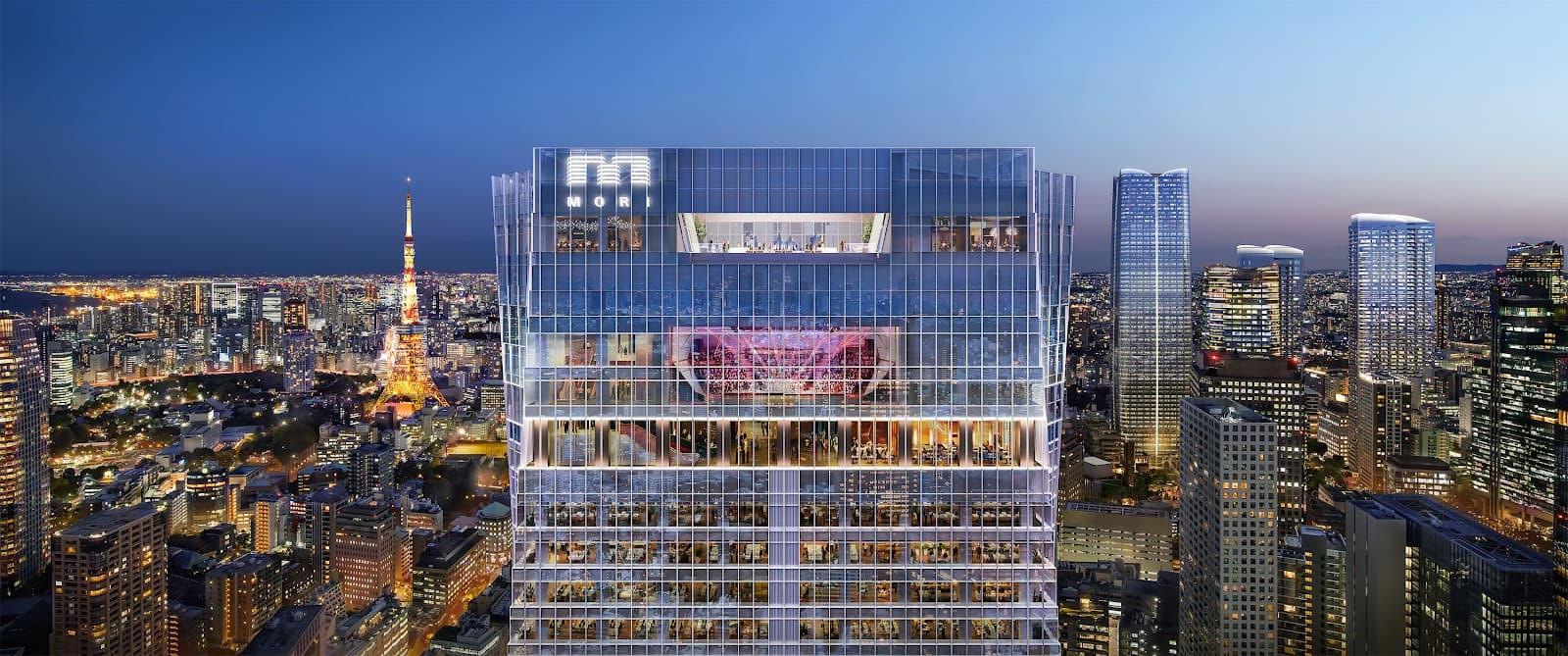
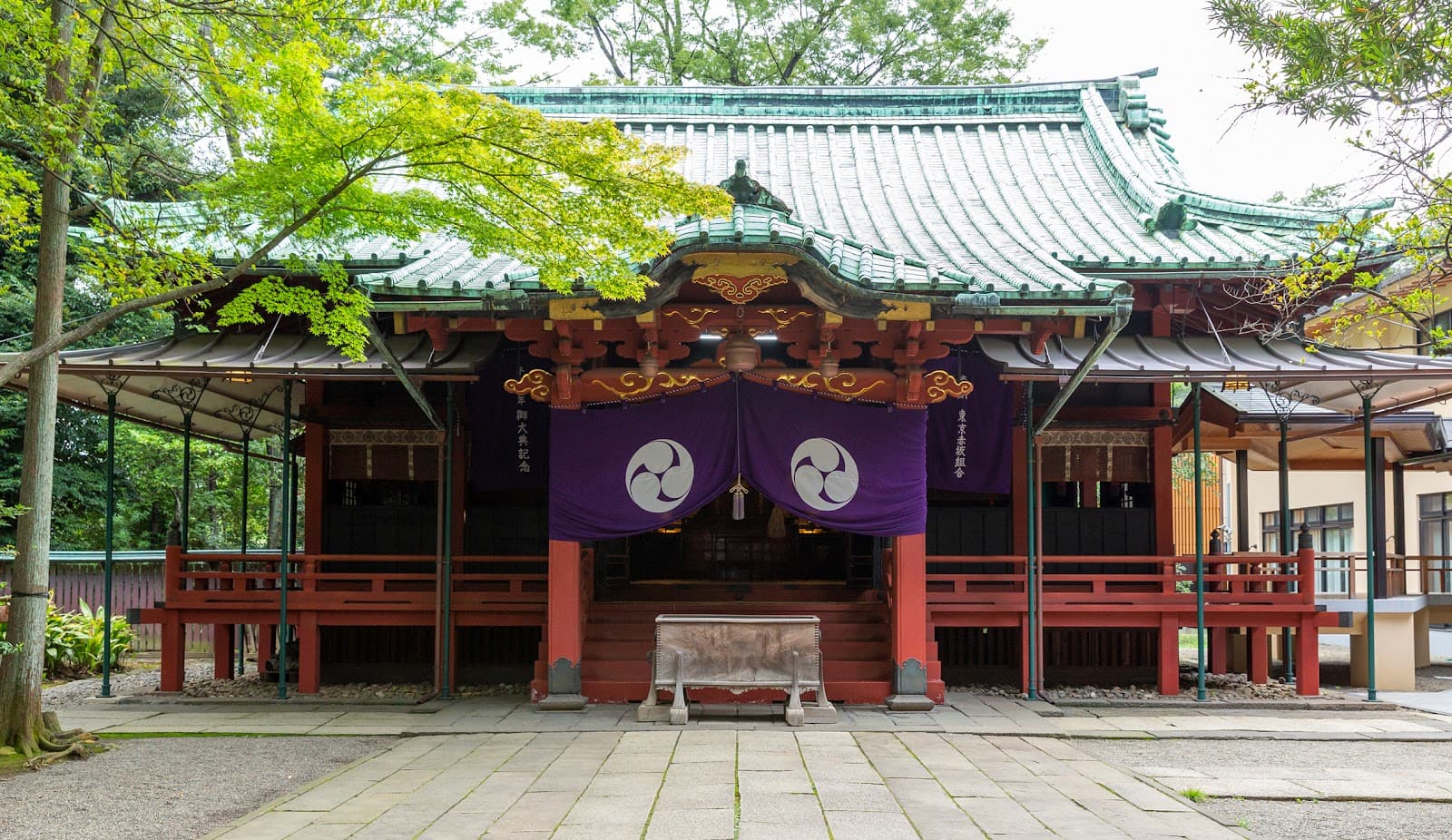



Social
from TikTok, Instagram & Reddit